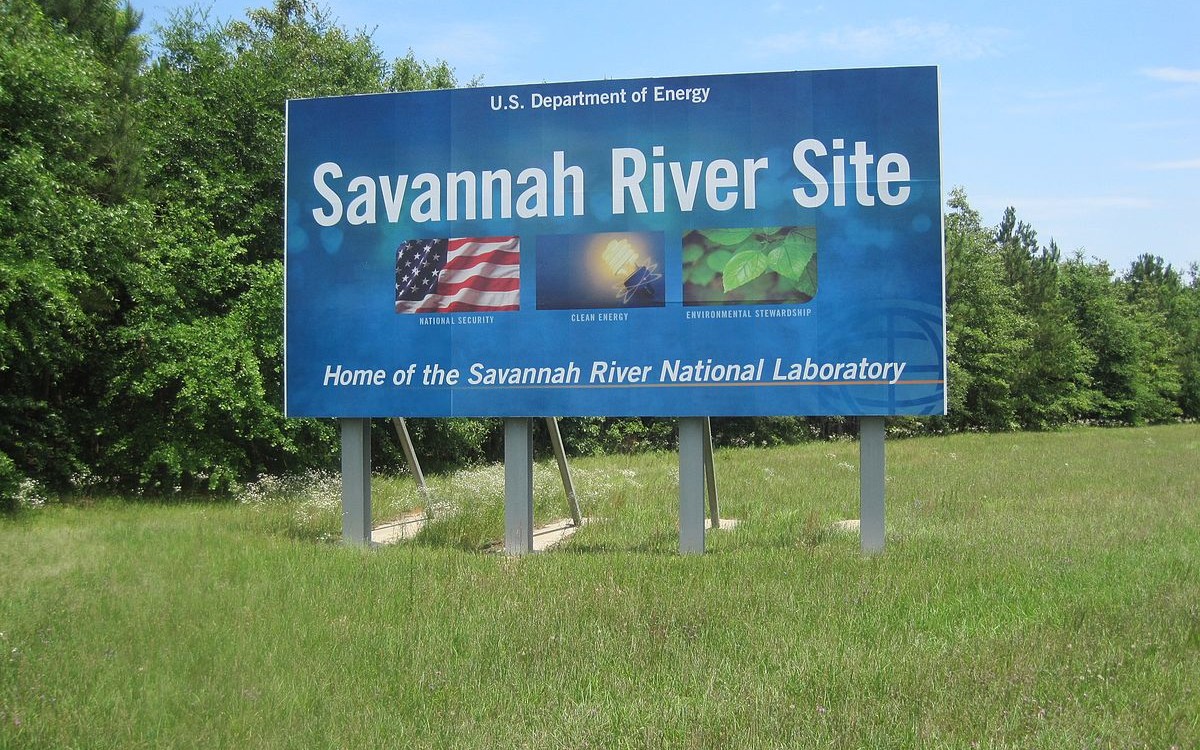
By Suzanne Rhodes, special to Statehouse Report | An arm of the U.S. Department of Energy (DOE) is proposing to build plutonium pits for bombs at its Aiken Savannah River Site (SRS).
The National Nuclear Security Administration (NNSA), whose mission is in part, “to reduce the global danger from weapons of mass destruction” claims an urgent need for both new weapons and delivery systems. To expedite the mission, it proposes using the empty shell of a hastily-constructed and abandoned building to make the cores of the weapons.
![]() A variety of international treaties has managed to limit arms races, especially among signatories. According to most sources, in 2018 the U.S. and Russia each had about 6,600 deployed warheads; the rest of the world had about 1,200.
A variety of international treaties has managed to limit arms races, especially among signatories. According to most sources, in 2018 the U.S. and Russia each had about 6,600 deployed warheads; the rest of the world had about 1,200.
About 10 years ago as the civilian nuclear power industry was floundering, NNSA began to aggressively promote the need to “refresh” weapons. Several budgets attend to weapons — past, present, and future. Recently, the U.S. budget for military spending approximately matched the combined spending of all other nations ($732 billion).
The actual “need” for more plutonium pits, weapons and delivery systems is questionable. The plutonium potency in existing excess cashes is generally recognized to be “effective” for over 100 years – perhaps 150.
The proposal would bring more plutonium to SRS and assumes the abandoned shell is worthy.
To accomplish the new mission, facility design and staff training are necessary. DOE laboratories do not have a record of either safety or efficiency in plutonium pits production.
A comprehensive Programmatic Environmental Impact Study must provide guidance before more serious discussion of this mission. The study should include:
(1) A schedule for SRS cleanup, including the 43 troublesome Olympic-pool-sized tanks of radioactive and chemical wastes from production of Cold War weapons;
(2) A complete analysis of on-site and off-site contamination experienced at DOE sites charged with this mission;
(3) An independent assessment of stockpiles of plutonium stored at all DOE sites and their lifetimes;
(4) A detailed description of volumes, costs, and schedules of safe management and treatment of wastes generated by pits manufacture for indefinite on-site storage at SRS until such time as shipment to a suitable federal repository becomes a possibility;
(5) If disposal at the Waste Isolation Pilot Project is part of the study, how many and which other federal facility wastes will be “bumped” to enable the current planned SRS shipments as well as this proposed new volume of SRS wastes?
(6) The plan for the future of the newly imported plutonium if the $billions of appropriations necessary to produce pits does not receive sufficient and steady funding by Congress;
(7) Given the difficulty of hiring skilled professionals and obtaining specialized materials, as demonstrated during the construction of the MOX similarly hurried “design/build/redesign/rebuild” project and commercial power plants in the region, what is the plan for workforce adequacy over the next 30 years in a stagnant industry? Why should DOE not expect similar resources, fiscal and scheduling problems with this new mission?
(8) The result of new attempts to actively pursue verifiable agreements among nuclear-armed states to curb their nuclear arsenals, as well as ours.
This proposal is a significant new mission for SRS, the U.S., and the world. It deserves thorough investigation and understanding and should not be allowed to proceed behind the veil of “national security.”
Columbia resident Suzanne Rhodes has a master’s degree in public health policy. A longtime member of the League of Women Voters of South Carolina, she serves at the league’s nuclear waste specialist.















 We Can Do Better, South Carolina!
We Can Do Better, South Carolina!
Pingback: Charleston Currents – NEW for 6/29: On Carolina Day, masks, Calhoun statue and new album